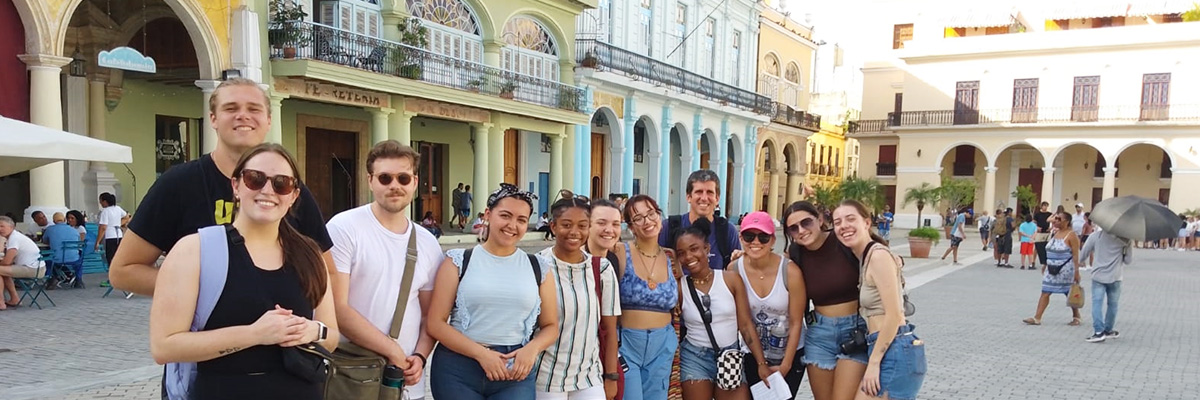Field trips for La Habana, Cuba
We highly recommend students participate in the following organized field trips, which are included in your program fees. Some trips may be mandatory for specific classes and will be led by the Resident Director, instructors, or International Office staff.
Please note that destinations may only be available during certain terms and are subject to change at the discretion of the Resident Director or on-site staff.
The following are possible field trip destinations, with further details provided upon arrival.
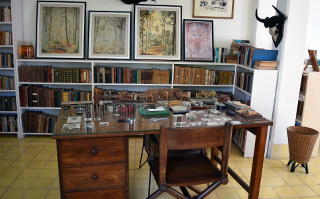 Hemingway Museum
Hemingway Museum
Visit Finca Vigía, the home of Ernest Hemingway, which has now been turned into a museum. Hemingway lived in the house from mid-1939 to 1960, and it was here that he wrote much of For Whom the Bell Tolls and The Old Man and the Sea.
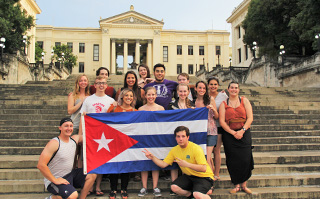 Old Havana and Universidad de La Havana
Old Havana and Universidad de La Havana
Explore Old Havana, the city center and one of the 15 municipalities forming Havana, Cuba. You’ll also visit Universidad de La Havana, the oldest university in Cuba and one of the first to be founded in the Americas.
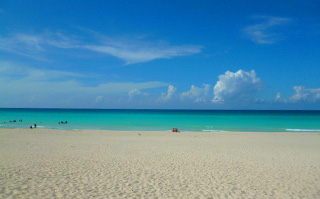 Playas del Este
Playas del Este
Located just 11 miles east of the city of Havana, Playas del Este is home to more than 12 miles of beautiful beaches. These beaches are favorites of the local Habaneros, and students are sure to enjoy the lovely ocean views and tropical vibes.
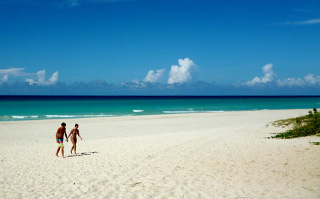 Santa Maria del Mar
Santa Maria del Mar
Santa Maria is the most famous beach in Havana, characterized by its lack of residential areas, with only a few isolated houses. It is located along a coastal strip with abundant sand and stunning crystalline water.
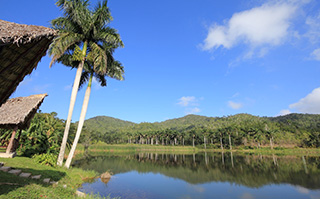 Terrazas Eco
Terrazas Eco
Visit the Sierra del Rosario Biosphere Reserve, a 61,775-acre UNESCO reserve and one of the world's greatest reclamation projects. Centuries of timbering and subsequent harvesting for charcoal led to the deforestation, erosion, and infertility of this once lush area, but today, visitors can experience the incredible work of the reclamation project and enjoy stunning nature.

